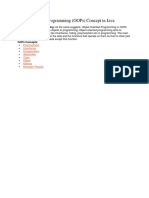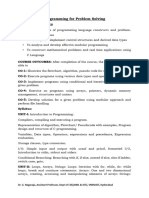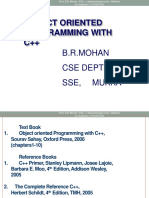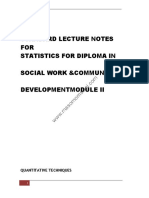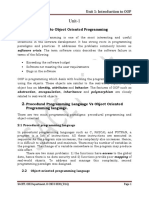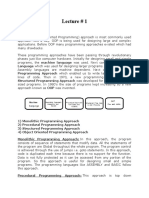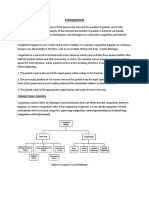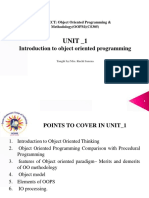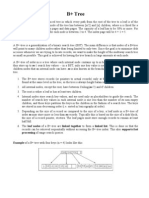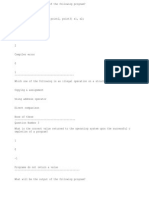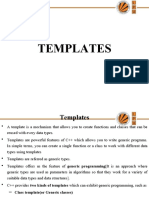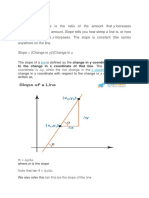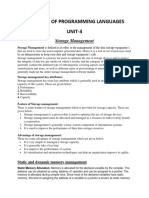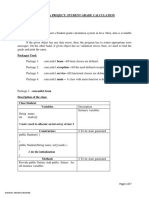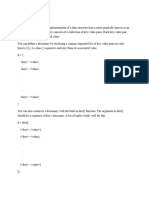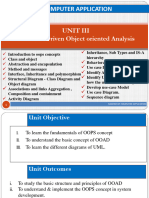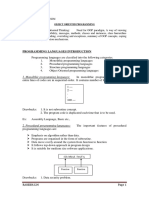0% found this document useful (0 votes)
228 views20 pagesOOP Basics for Students
The document discusses the key concepts of object-oriented programming including encapsulation, abstraction, inheritance, and polymorphism. Encapsulation bundles data and methods into a single unit and restricts access via getters and setters. Abstraction hides unnecessary details and shows essential attributes. Inheritance eliminates redundant code through subclassing and code reuse. Polymorphism allows for multiple forms through interfaces that can be implemented differently. These pillars provide benefits like reduced complexity, isolation of changes, code reuse, and extensibility.
Uploaded by
Benjamin BabićCopyright
© © All Rights Reserved
We take content rights seriously. If you suspect this is your content, claim it here.
Available Formats
Download as PPTX, PDF, TXT or read online on Scribd
0% found this document useful (0 votes)
228 views20 pagesOOP Basics for Students
The document discusses the key concepts of object-oriented programming including encapsulation, abstraction, inheritance, and polymorphism. Encapsulation bundles data and methods into a single unit and restricts access via getters and setters. Abstraction hides unnecessary details and shows essential attributes. Inheritance eliminates redundant code through subclassing and code reuse. Polymorphism allows for multiple forms through interfaces that can be implemented differently. These pillars provide benefits like reduced complexity, isolation of changes, code reuse, and extensibility.
Uploaded by
Benjamin BabićCopyright
© © All Rights Reserved
We take content rights seriously. If you suspect this is your content, claim it here.
Available Formats
Download as PPTX, PDF, TXT or read online on Scribd
/ 20

